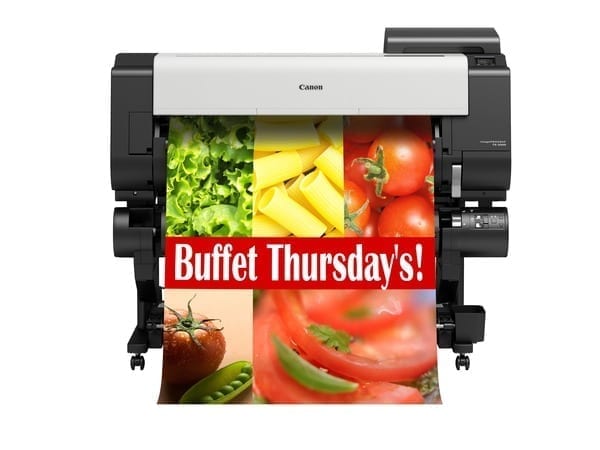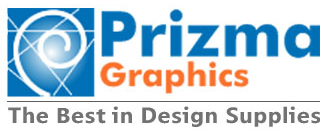Which is the better printer-scanner: the Canon TX-3100 or the HP T2600?

The task of narrowing down your options among today’s leading multi
functional printers (MFPs) probably won’t be the work of a moment. However,
there is a good chance that you might well find yourself ultimately deciding
between two models.
Those devices in question may be Canon’s
A0 36” ImagePROGRAF TX-3100 MFP Z36, and HP’s competitor offering, the
DesignJet T2600 MFP.
Inevitably, these machines have their respective advantages that
prospective purchasers are well-advised to consider. These include the
versatility, high speed, and ultra-quiet operation of the HP printer-scanner,
and the Canon device’s ability to efficiently produce high-quality scans and
prints using class-leading and unique technology, to cite just a few areas of
strength.
Before you make a final decision on which of these MFPs might be best
matched to your own intended application(s), though, you may be interested in
us providing some insight into a few aspects of the respective user
experiences.
- The scanning results that the two devices
provide
One of the clear distinguishing aspects between these two multi
functional printers lies in their scanning capabilities; while the HP uses a
single light source, the Canon draws upon dual light sources.
Unfortunately, the HP T2600’s approach presents the risk of scans showing
imperfections – such as lines and shadows – that aren’t even discernible on the
original copy of the given image or document. Not only is this detrimental to
the overall visual result, but if there is text or other information on the
document, the scanned version could be more difficult to decipher.
The technology that the Canon TX-3100 uses, on the other hand, is
effective at eliminating shadows that any creases and folds in the original
document could create in the scan. So, users of this MFP can look forward to
immaculately clear scans on every occasion.
- The efficiency of the scan-to-copy
process
If you place your trust in the HP T2600 for scanning to a printed copy,
you are likely to notice that the American brand’s machine first scans the
image, and then takes some time to process it, followed by the print
operation commencing.
In the Canon TX-3100’s case, though, the printing process starts only a
few seconds after the scan begins of the given document. This allows for the
entire scan-to-copy procedure to be done in around 30 seconds. That’s roughly
five times faster than the HP does the same job.
- How media loading works
Individuals who have made extensive use of multi functional printers down
the years, will at least find the HP’s media loading process to be instantly
familiar. They will need to manually feed the paper into the printer, make sure
it’s loaded, and then use the device’s operation panel to select the media type
and length.
This may seem a straightforward enough process. You might, however, find
yourself needing to feed in a roll that has already been partially used, which
may force you to guess the paper type and length. This, in the 2020s, is an
extra layer of hassle and inconvenience that you could probably do without.
It marks quite the contrast with the user experience the Canon TX-3100
provides. Almost the entire process of media loading is automatic, with the
user only needing to place the paper roll on the load mechanism, before
flicking a switch and walking away.
The media is then fed into the printer, which detects the type and
weight, and estimates the amount on the roll. The user won’t need to interact
with the device in any other way.
Our experts can advise and guide you in relation to the best multi
functional printers
Although the above aspects naturally aren’t the only things that
would-be buyers of multi functional printers will need to account for when they
are contemplating their options, knowing about them might influence your own
eventual choice.
For further advice and information about MFPs and any of the other
wide-format printing solutions we make available at Prizma Graphics, please
don’t hesitate to reach
out to our team today.
